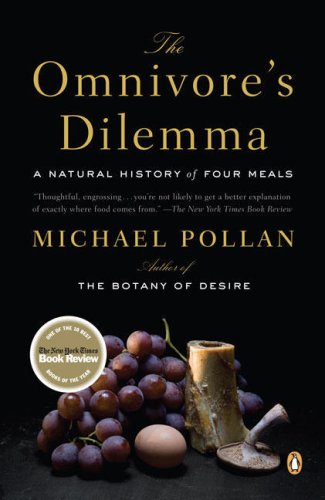 Figure 46.u - Behold, the mighty squash flower!
Figure 46.u - Behold, the mighty squash flower!I'm lucky enough to have a family friend who sends me a beach-ball sized bag every year.
These edible flowers have a taste that's unlike anything else like them. They are very un-floral in taste, and not perfume-y at all. They have a very delicate, vegetal flavor with just a slight sweetness. So, what do you do with them? Traditionally, they are dredged or battered and fried. I have seen them on restaurant menus stuffed with cheese. When I get sick of frying them, I've been known to top pizzas with them, and I'm thinking about baking them into a quickbread in lieu of regular zucchini. My mom recently made a frittata (read: thick italian omlette) out of them, and it was better than a regular zucchini frittata she made the same day.
If you happen to have your own squash plants, make sure you only pick the male flowers, which grow on long stems. The female ones will eventually develop into the actual squash itself. Don't pick too many at once, or there won't be enough male flowers around to pollinate all the female flowers in the first place.
Traditional Squash Flowers
- As many male squash flowers as you can get your hands on, long stems removed. Leave the green leafy part at the bottom, though.
- A glass pie plate full of all purpose flower
- Another glass pie plate with 5-6 eggs, cracked and whipped up with a fork.
- Vegetable oil for frying.
- Salt to taste
Wash each flower thoroughly, making sure to rinse out inside the petals, as ants and other critters may have haplessly fallen in. Dredge each flower first in flour then in egg and fry at medium heat. Flip once, when golden brown. Remove to a plate lined with paper towels to absorb any extra oil, salt to taste and eat hot. In my house, these never make it farther than the paper towels, never mind a serving plate.






